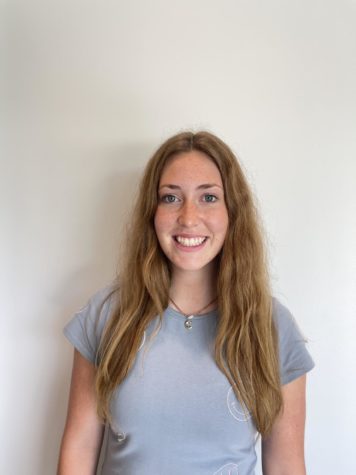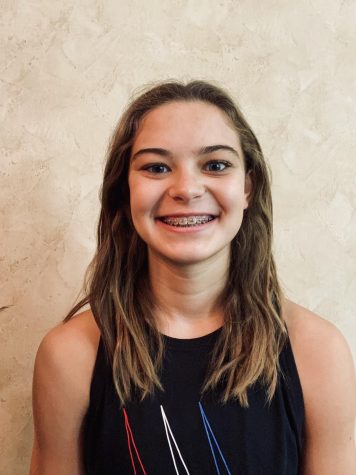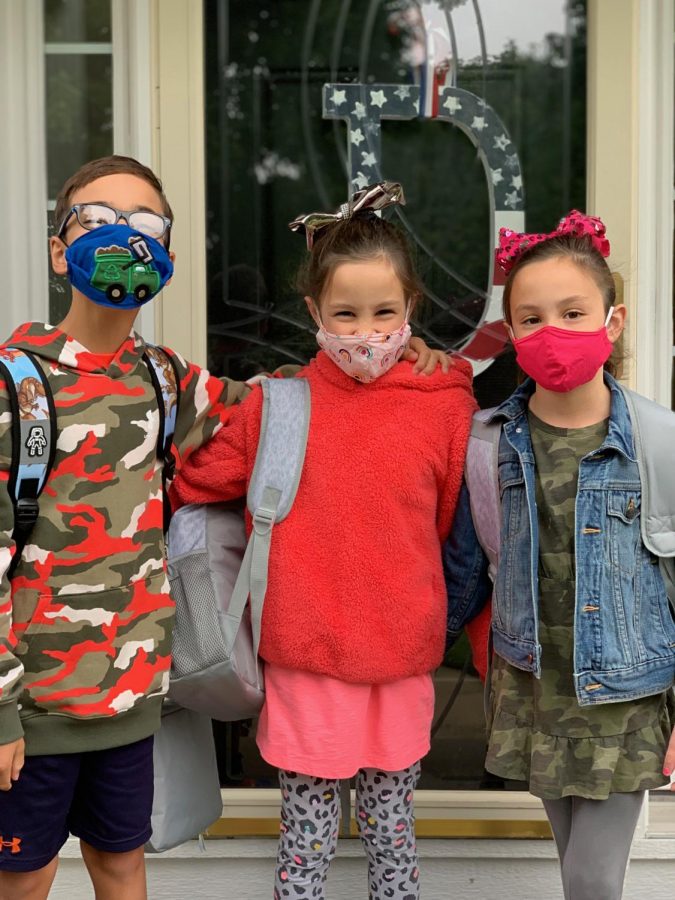Don’t call it a comeback
Students transition back to school in hybrid model
This fall, the elementary schoolers became the first Blue Valley students to return to in-person learning following the COVID-19 pandemic. Due to the dynamics of their school, such as having only one teacher, their part-time physical presence in the classroom was deemed safe by district officials and served as a trial-run for the hybrid schooling system that will soon be implemented in both middle and high schools.
Although the system has been successful in maximizing learning opportunities while still minimizing coronavirus cases, it’s an understatement to say that second-grade students Talbott and Neely Dwight, along with all the rest of their classmates, had to make a big adjustment.
“It’s kind of weird,” Neely said. “I don’t like it.”
Although the twins said they typically enjoy school, mask restrictions and social distancing have taken out some of their favorite elements.
“When we go to lunch we can take off our masks,” Talbott said. “We only get to sit with two people and no one from the other classes.”
In addition to lunch restrictions, the elementary students in the BV district have strict guidelines to which they must adhere both in the classroom and outside at recess.
“If you’re at the playground and you are playing football, you have to wear a mask because you might tackle someone else,” Talbott said.
The adjustment to masks at recess can also be felt by all of the exhausted students after their break time, which is most often spent doing some form of physical activity.
“When you go inside from recess you can’t really breathe because it’s hot outside,” Talbott said.
On days when the students are physically present in the classrooms, recess and lunch are the only times they venture to a new setting.
“We only go out for recess [and lunch],” Neely said, “but the specials come to us in our classroom.”
Along with the change to classroom-contained specials like PE and music, students must also adjust to spaced-out classrooms in which their contact with peers is limited.
“We have our [tables] six feet apart,” Talbott said. “[For] the people in the back, one person sits with three people, [but] all the rest sit with two.”
Although there are many safety restrictions in place to make elementary schools safe learning environments, the hybrid schooling model requires that students learn from home via the internet half of the time, which can be a challenging task for second graders.
“You have to make sure you get on zoom at the right time because you might miss stuff and they might go [on without you],” Neely said.
Even with all of these bothersome changes, both the twins agree that sacrifices are necessary to get back to a state in which we can all attend school normally.
“It’s worth [wearing a mask and social distancing] to be in school,” Neely said.

Charley Thomas is a senior and serves as Editor-in-Chief of the Tiger Print this year. At BV, she is a member of the Varsity Volleyball Team, Student Council,...

Eleanor Warren is a sophomore and is starting her first year on staff. At BV, she runs cross country, plays basketball, runs track and is on...




